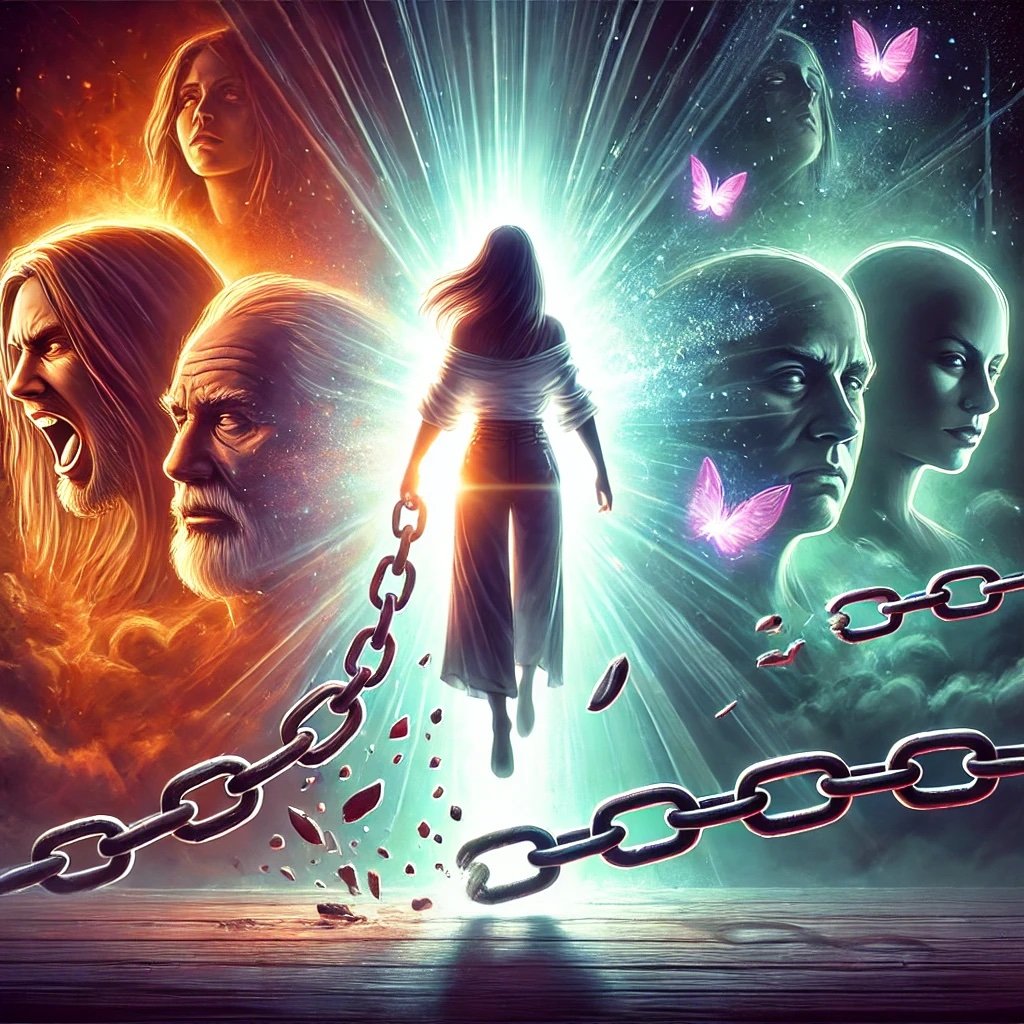IIt’s a story that repeats far too often: women drawn to narcissistic partners who seem charming and attentive at first, only to reveal manipulative, toxic traits later. While the reasons for this pattern often lie in unresolved childhood dynamics, it’s equally important to understand the traits of a narcissist and why they are so harmful in relationships.
This expanded guide delves into why women attract narcissists, explores the childhood experiences that contribute to this cycle, and explains the key traits of narcissists that make them so destructive. Finally, it provides actionable strategies to help women break free and create healthier relationships.
What Defines a Narcissist? Key Traits to Recognize
Narcissists often share a specific set of behaviors that create toxic relationship dynamics. Recognizing these traits is critical to breaking the cycle.
1. Grandiosity and Inflated Ego
- What It Looks Like: Narcissists often project an exaggerated sense of self-importance, believing they are superior to others and deserving of special treatment.
- Impact: They may dismiss their partner’s needs, viewing them as secondary to their own desires.
2. Unwillingness to See Their Own Flaws
- What It Looks Like: Narcissists are resistant to self-reflection. They rarely acknowledge their mistakes and often deflect blame onto others.
- Impact: This unwillingness to take responsibility creates a dynamic where their partner feels perpetually at fault.
3. Anger and Emotional Outbursts
- What It Looks Like: Narcissists may lash out in anger when their ego is challenged, often overreacting to perceived slights.
- Impact: Their unpredictable temper keeps their partner walking on eggshells, fostering fear and anxiety.
4. Victimization and Self-Pity
- What It Looks Like: Despite their outward confidence, narcissists often play the victim, portraying themselves as misunderstood or unfairly treated.
- Impact: This manipulation tactic makes their partner feel guilty, causing them to overcompensate in the relationship.
5. Gaslighting
- What It Looks Like: Narcissists distort reality to undermine their partner’s confidence. They might deny events, twist facts, or accuse their partner of overreacting.
- Impact: Gaslighting erodes trust in one’s perceptions, leaving the partner dependent on the narcissist’s version of reality.
6. Need for Control
- What It Looks Like: Narcissists strive to dominate their partner, dictating decisions and limiting their independence.
- Impact: This control isolates their partner, making it harder for them to leave the relationship.
7. Jealousy and Possessiveness
- What It Looks Like: Narcissists often display intense jealousy, accusing their partner of disloyalty or flirting, even without cause.
- Impact: This creates an atmosphere of constant tension, where the partner feels they must prove their loyalty.
8. Lack of Empathy
- What It Looks Like: Narcissists struggle to connect with others’ emotions, often dismissing their partner’s feelings or minimizing their pain.
- Impact: This emotional disconnect leaves the partner feeling unseen and unsupported.
Why Women Attract Narcissists: The Role of Childhood Experiences
Our childhood experiences shape how we view ourselves and others, influencing the dynamics we unconsciously seek in adult relationships. Let’s revisit the childhood roots that may lead to attracting narcissists:
1. Growing Up with a Narcissistic Parent
- Experience: Constantly prioritizing a parent’s needs over their own, leading to a belief that love must be earned.
- Result: Attracting partners who mirror this dynamic, seeking to “fix” the relationship as a form of validation.
2. Emotional Neglect or Conditional Love
- Experience: Receiving affection only when meeting certain standards, fostering low self-worth.
- Result: Becoming vulnerable to love-bombing narcissists who temporarily fill the void.
3. Lack of Boundaries
- Experience: Having boundaries violated or disregarded during childhood.
- Result: Difficulty asserting oneself and tolerating controlling, intrusive behavior in relationships.
The Impact of Narcissistic Traits on Relationships
When a narcissist’s traits dominate a relationship, the result is often emotional exhaustion and confusion. Here’s how these behaviors manifest:
- Cycle of Idealization and Devaluation: Narcissists may start by idealizing their partner, showering them with attention, only to later devalue and belittle them.
- Erosion of Self-Worth: Gaslighting, criticism, and lack of empathy gradually chip away at the partner’s confidence and sense of identity.
- Isolation and Dependence: Control tactics, jealousy, and possessiveness isolate the partner, making them more reliant on the narcissist.
Breaking the Cycle: How to Stop Attracting Narcissists
The good news is that it’s possible to break free from this cycle by addressing the root causes and taking proactive steps.
1. Recognize the Traits Early
- What to Do: Educate yourself on narcissistic behaviors and red flags.
- Why It Works: Awareness helps you identify toxic dynamics before becoming deeply involved.
2. Heal the Inner Child
- What to Do: Work through unresolved emotional wounds with a therapist or coach.
- Why It Works: Healing these wounds builds emotional resilience, reducing the need for external validation.
3. Set and Maintain Boundaries
- What to Do: Practice asserting your needs and saying no without guilt.
- Why It Works: Boundaries protect your emotional well-being and repel those who thrive on manipulation.
4. Cultivate Self-Worth
- What to Do: Engage in self-care, affirmations, and activities that reinforce your value.
- Why It Works: A strong sense of self-worth makes you less vulnerable to the charm and validation of narcissists.
5. Embrace Emotional Independence
- What to Do: Find fulfillment outside of romantic relationships, through hobbies, friendships, and self-discovery.
- Why It Works: Emotional independence reduces the fear of being alone, making it easier to leave toxic relationships.
Reclaiming Power and Creating Healthy Relationships
Breaking free from the cycle of attracting narcissists is not about blame—it’s about empowerment. By understanding the traits of narcissists and addressing the underlying patterns within yourself, you can reclaim your power and create relationships rooted in respect, empathy, and love.
Remember, you are not destined to repeat the past. With awareness, healing, and self-love, you can attract partners who align with your worth and values.
The choice to break the cycle is yours. Are you ready to choose yourself?







